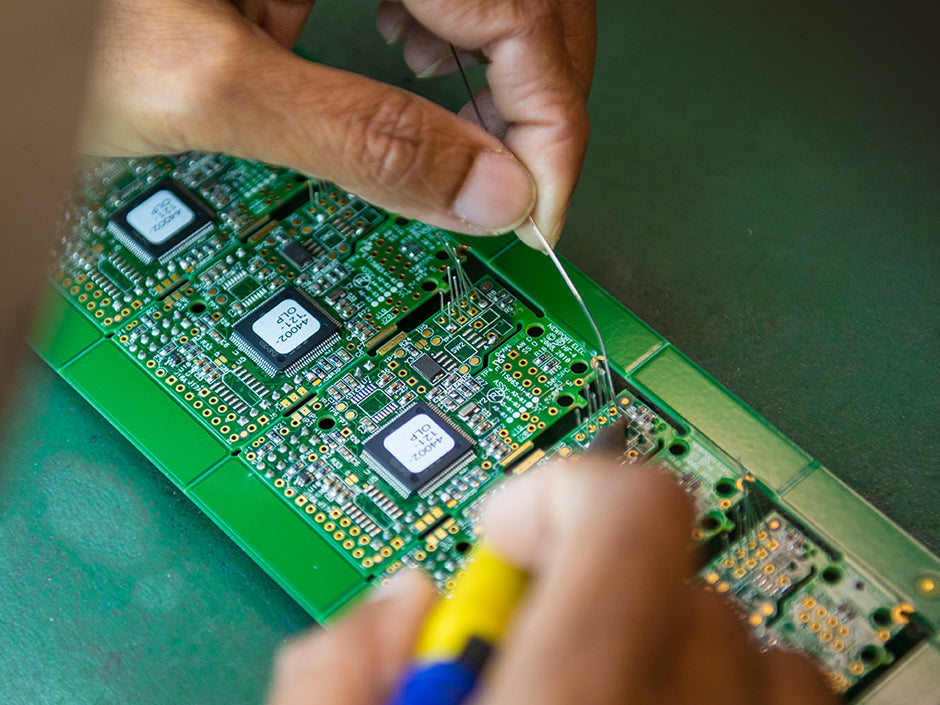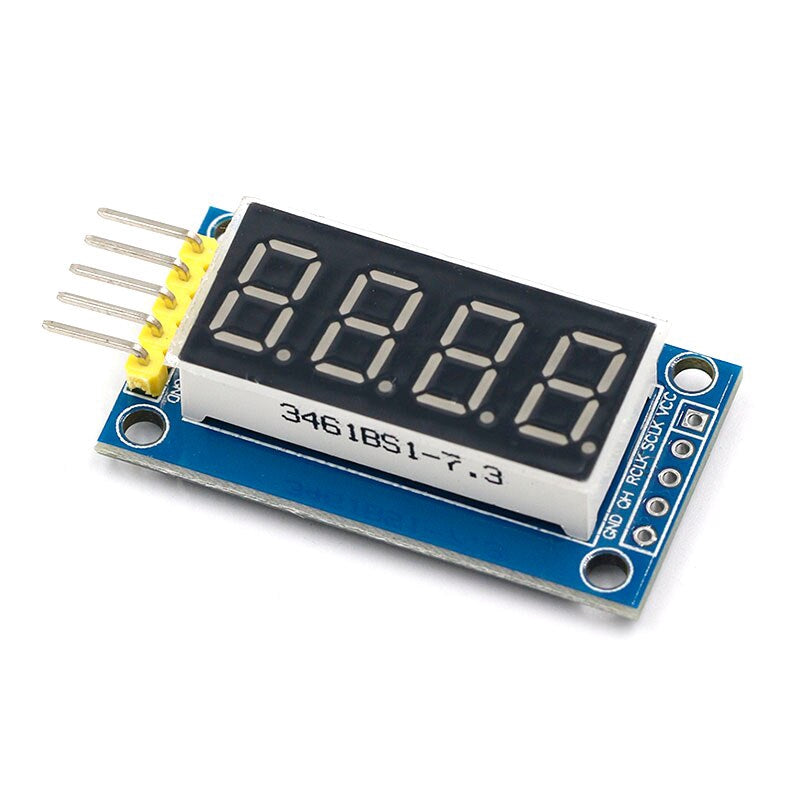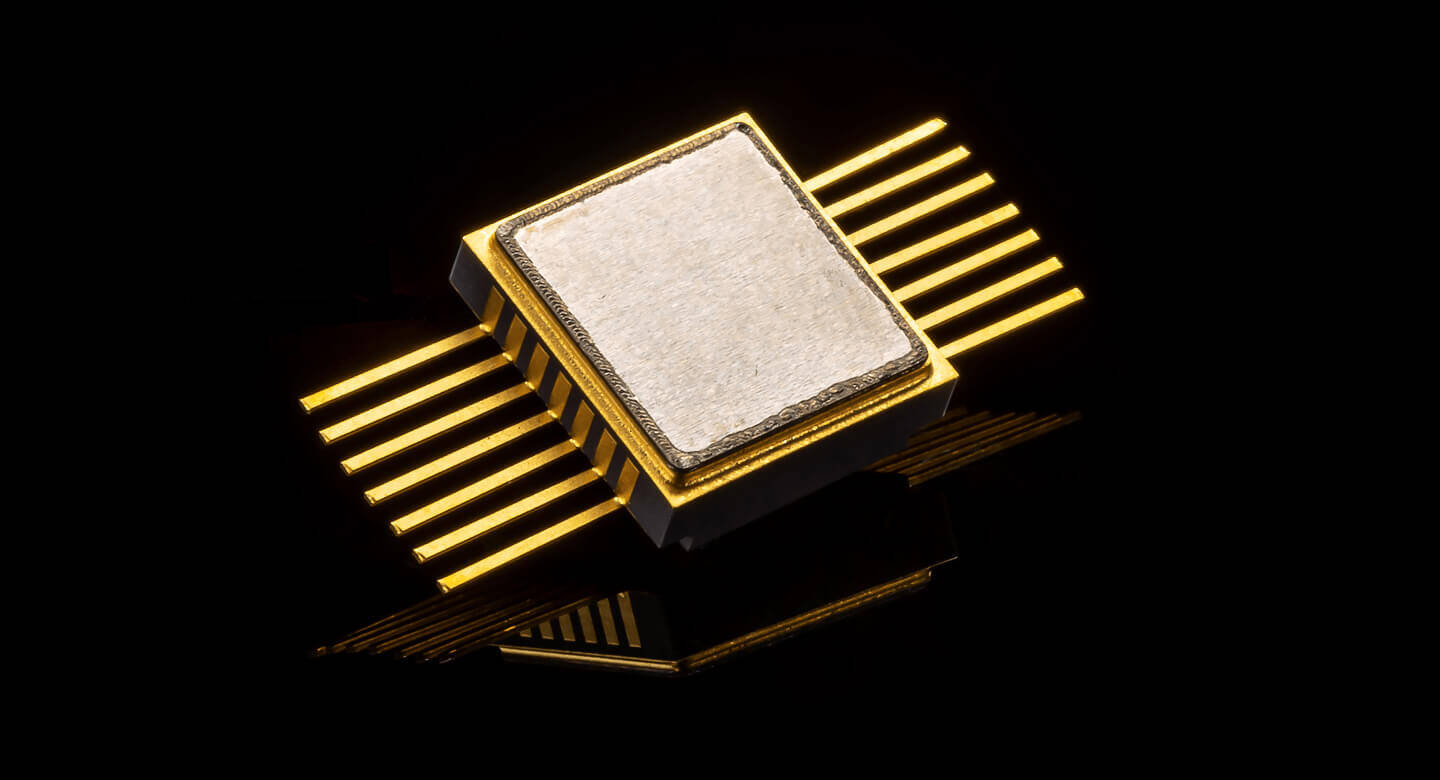The Strength Behind the Circuit: An Overview of Bonding Materials in Semiconductors
Share
Semiconductor devices are at the heart of modern electronics, from computers to smartphones to advanced machinery. However, these intricate circuits and components would not function without the bonding materials that hold everything together.
As a leading distributor of semiconductor packaging materials, American Fairfield provides an in-depth selection of high-quality bonding solutions for device assembly and hybrid microelectronics.
What Are Bonding Materials?
Bonding materials provide mechanical and electrical connections between the silicon die containing the actual circuitry and its packaging platform.
This includes substrates, lead frames, heat sinks, or another die in stacked multi-chip configurations. Common bonding materials used in semiconductors include:
- Die-to-Attach Adhesives: This adhesive provides a solid mechanical bond between the silicon die and the Epoxy adhesives offer electrically insulating properties, while solder paste allows for electrical conductivity and thermal management.
- Wire Bonding Materials: Fine wires made of gold, copper, or aluminum are bonded to the chip pads on one end and external package pins on the other end using thermal-sonic energy and bonding agents. This enables electrical signals to travel in and out of the chip.
- Encapsulants and Underfills: Polymers such as silicones, epoxies, and polyimides protect against environmental and mechanical damage. Underfills reinforce solder joints in flip chip assemblies.
Technical Considerations for Bonding Materials
With semiconductors finding use in diverse applications, the bonding materials must be compatible with the chip and package design requirements:
1. Thermal Conductivity
Managing heat dissipation is pivotal to preventing chip failures. Attach pastes and substrate materials with higher thermal conductivity are chosen based on power ratings.
2. Electrical Conductivity
While most bond types aim for electrical isolation, some applications require conductivity between the chip and package for grounding purposes. Electrically conductive adhesives are an emerging area.
3. Coefficient of Thermal Expansion (CTE)
Closer CTE matching between bonding materials, silicon, and substrates minimizes stresses during thermal cycling and improves joint reliability. This ensures stable interfaces over long operating lifetimes.
4. Outgassing
Bonding agents that release gases during cure reactions can corrode wires and metalized chip surfaces. Low-outgassing adhesives are mandatory for wire bonding processes. Reworkability, viscosity, and cure profiles are other aspects considered.
American Fairfield's Comprehensive Bonding Solutions
With decades of materials expertise, American Fairfield curates bonding materials from leading manufacturers to address any application need.
Our product portfolio enables quality, high-yield bonding across wafer level, flip chip, wire bonding, and other interconnect technologies.
This includes:
- Die Attach Pastes: Electrically conductive adhesives, epoxy adhesives, and solder pastes.
- Wire Bonding: Ball and wedge gold, copper, and aluminum wire.
- Molding Compounds: Epoxy encapsulants and silicones.
- Thermal Interface Materials (TIMs): Thermal greases and phase change materials.
- Underfills: Capillary flow, no-flow fluxes, and preforms.
We provide the right technical guidance to select optimal bonding materials while considering assembly challenges like ultrathin profiles, large dies, fine pitch scaling, and advanced packaging.
With American Fairfield as your bonding material partner, utilize leading-edge products to enhance your manufacturing and device quality. Contact our technical sales team to evaluate materials that perfectly match your application!





